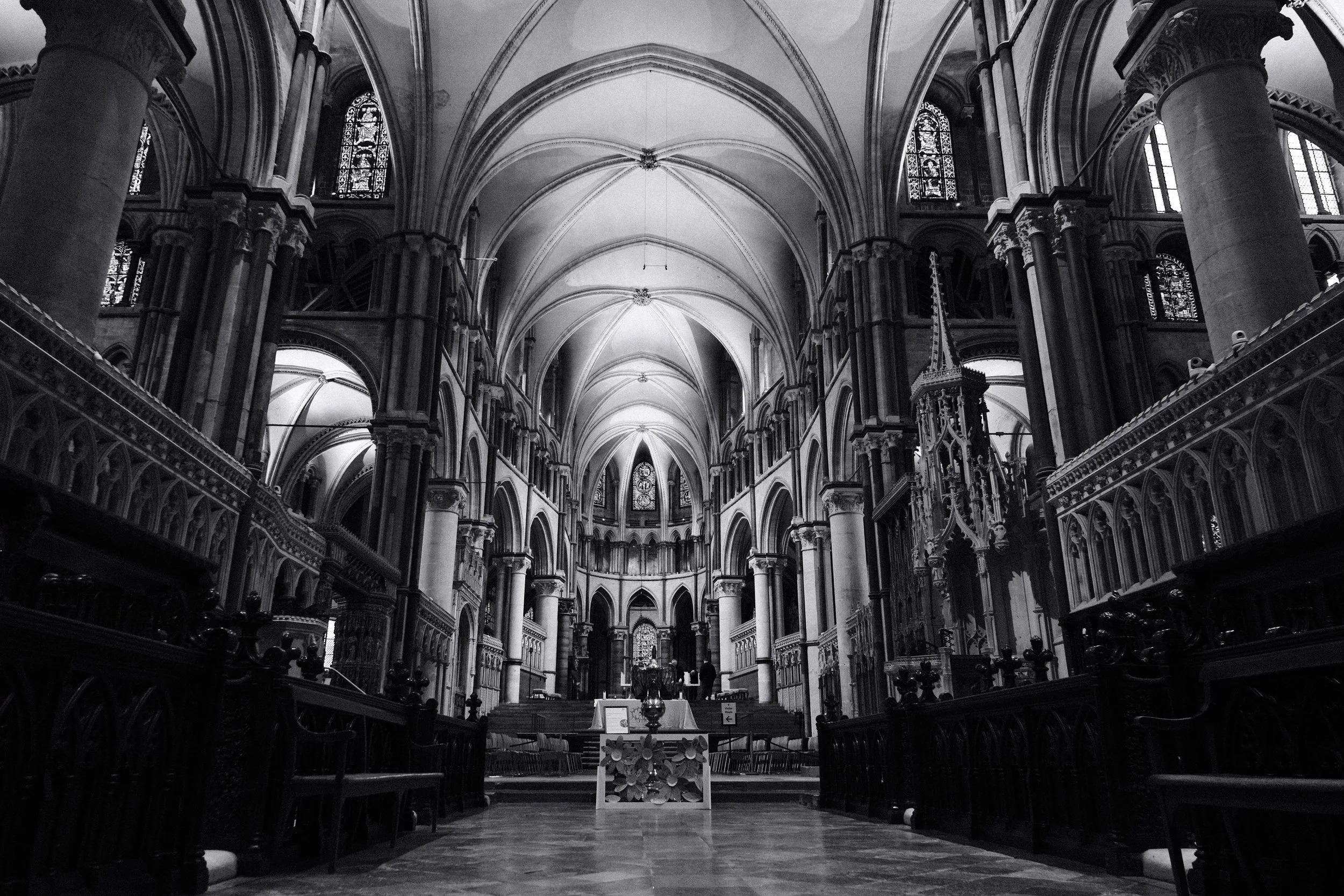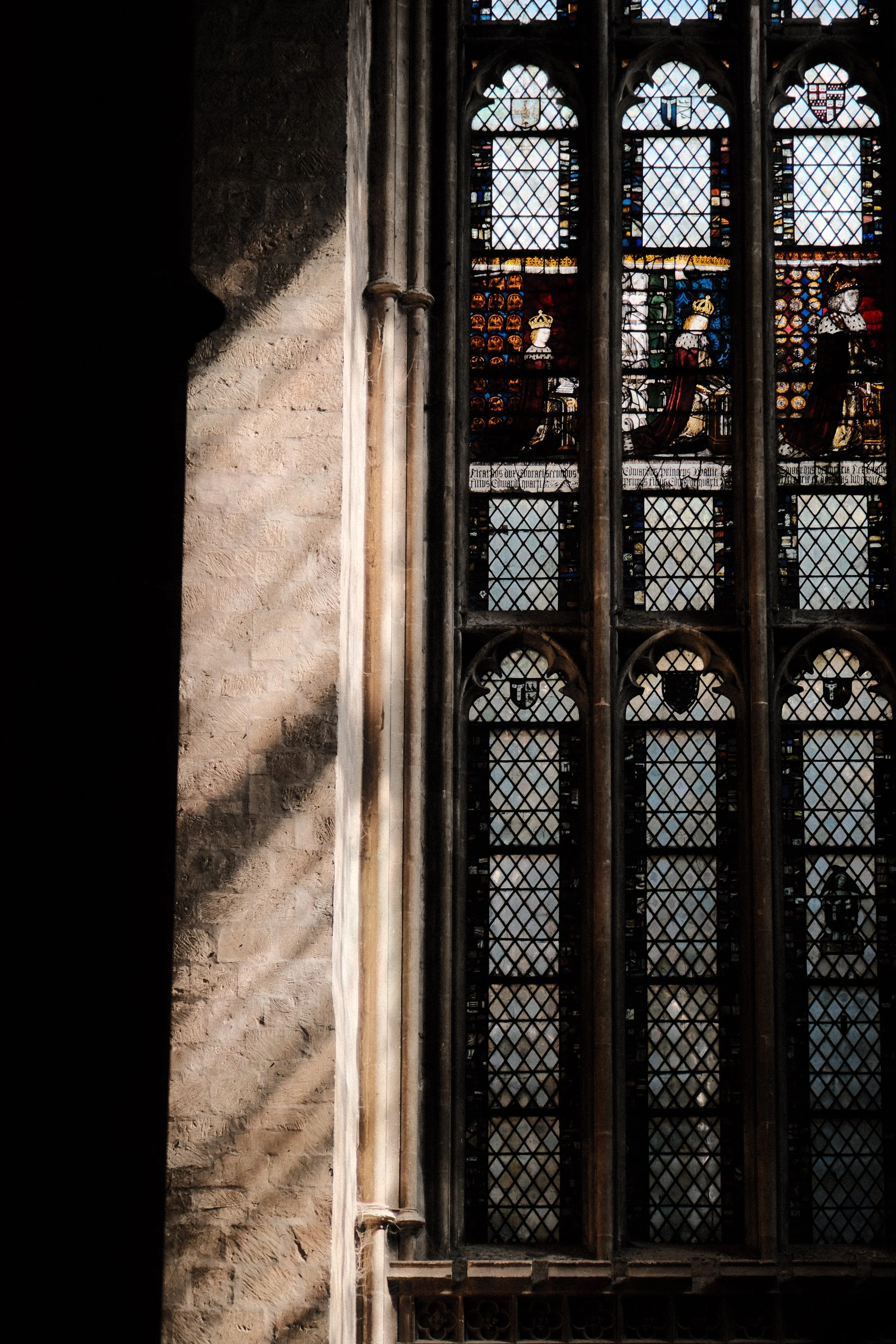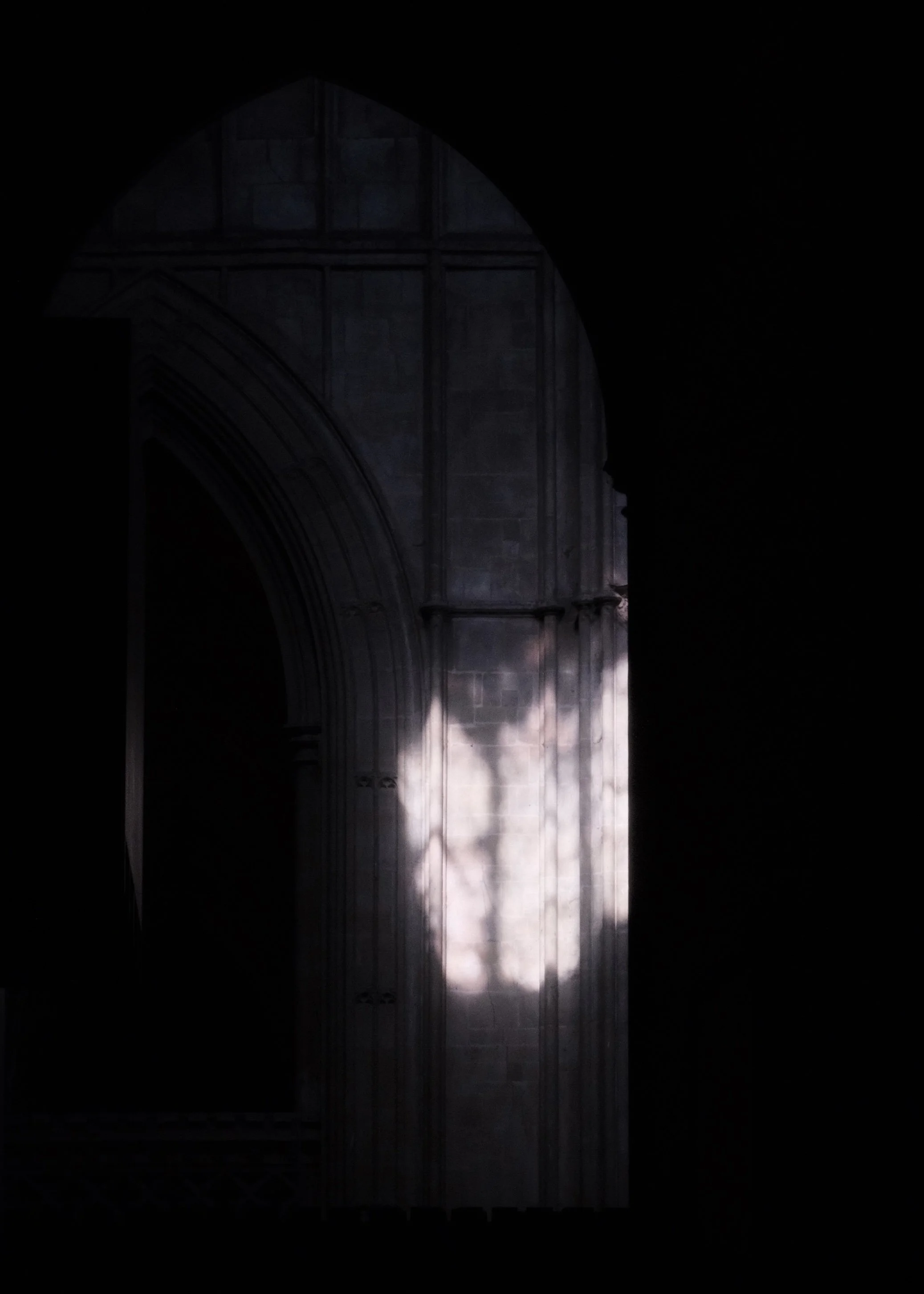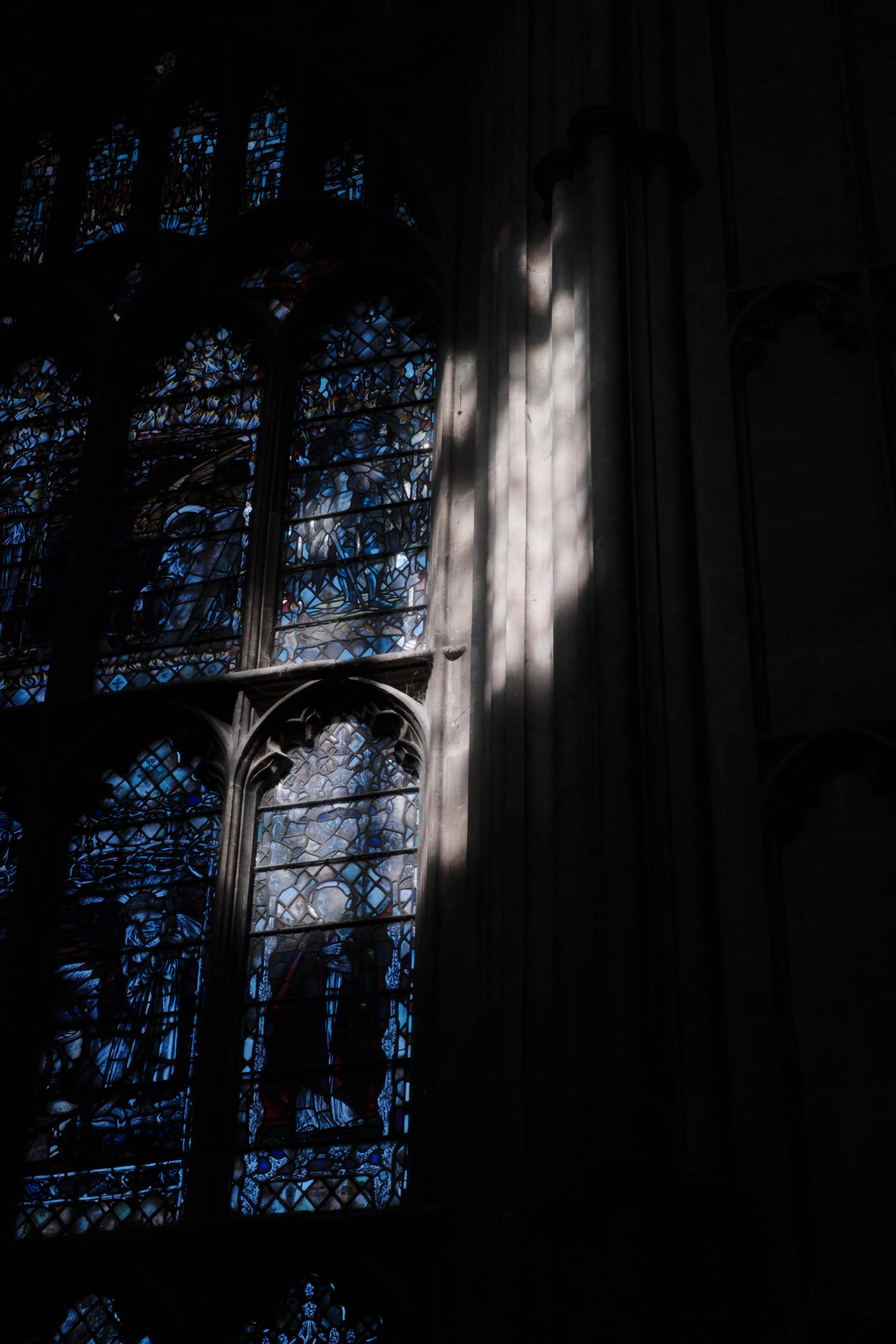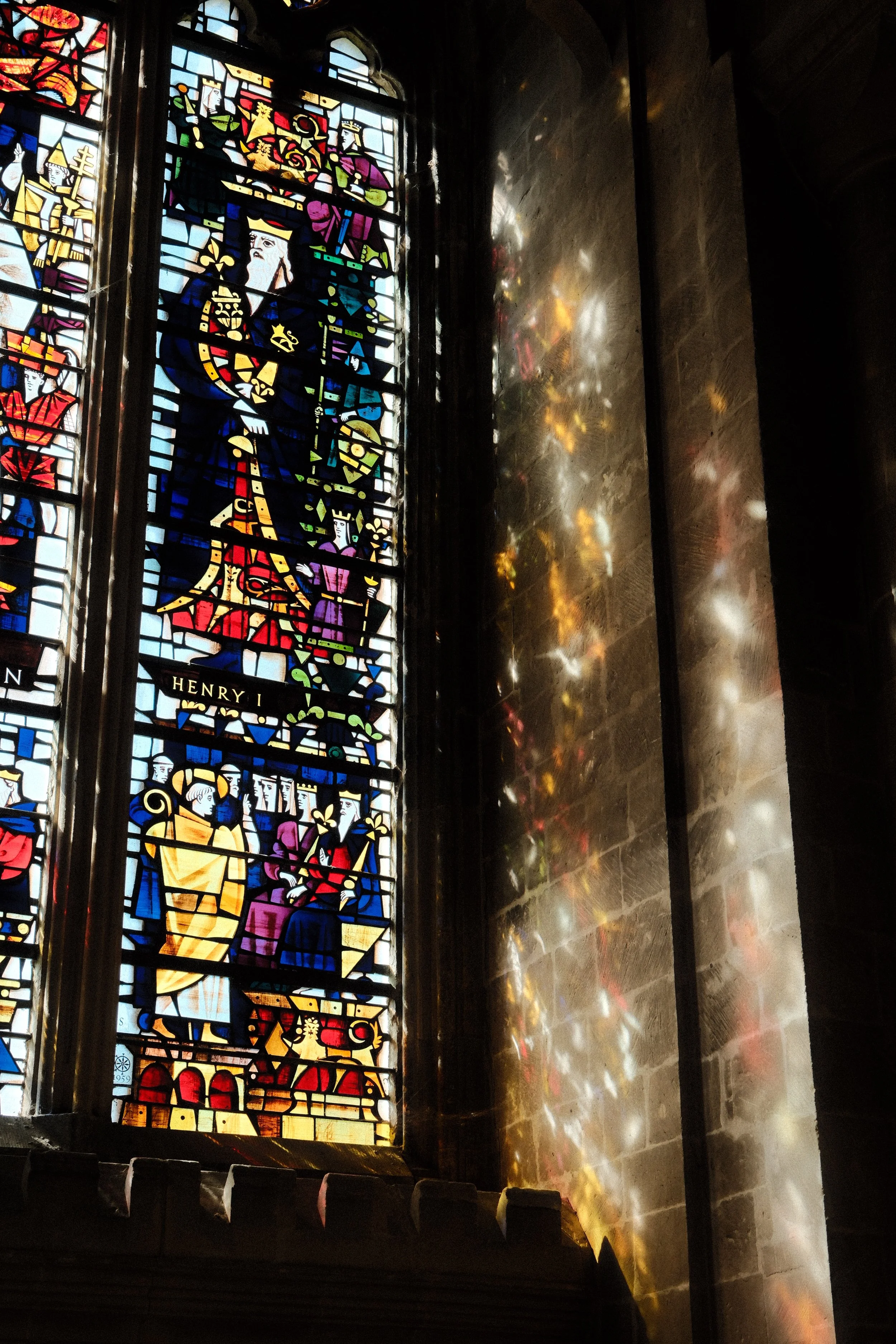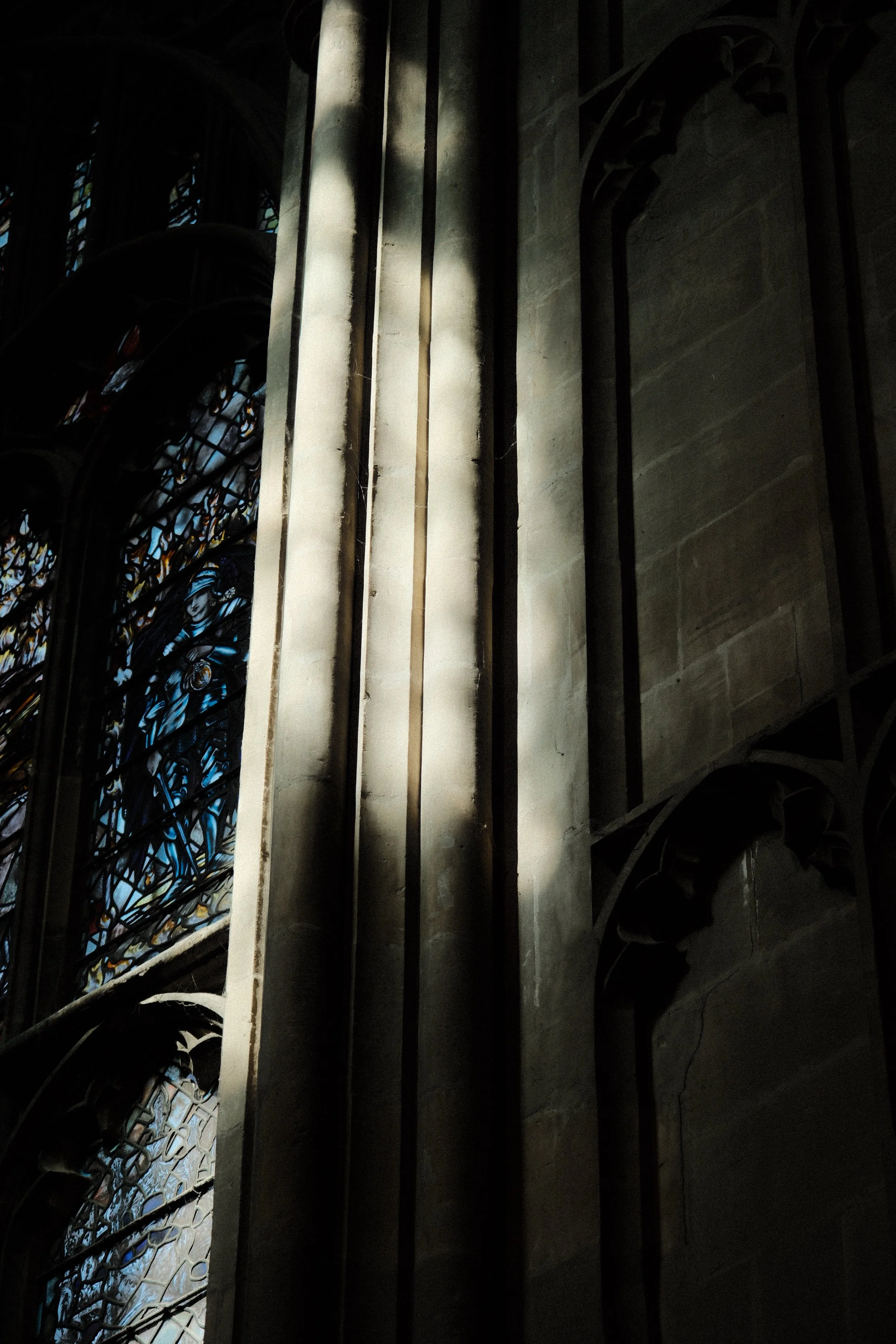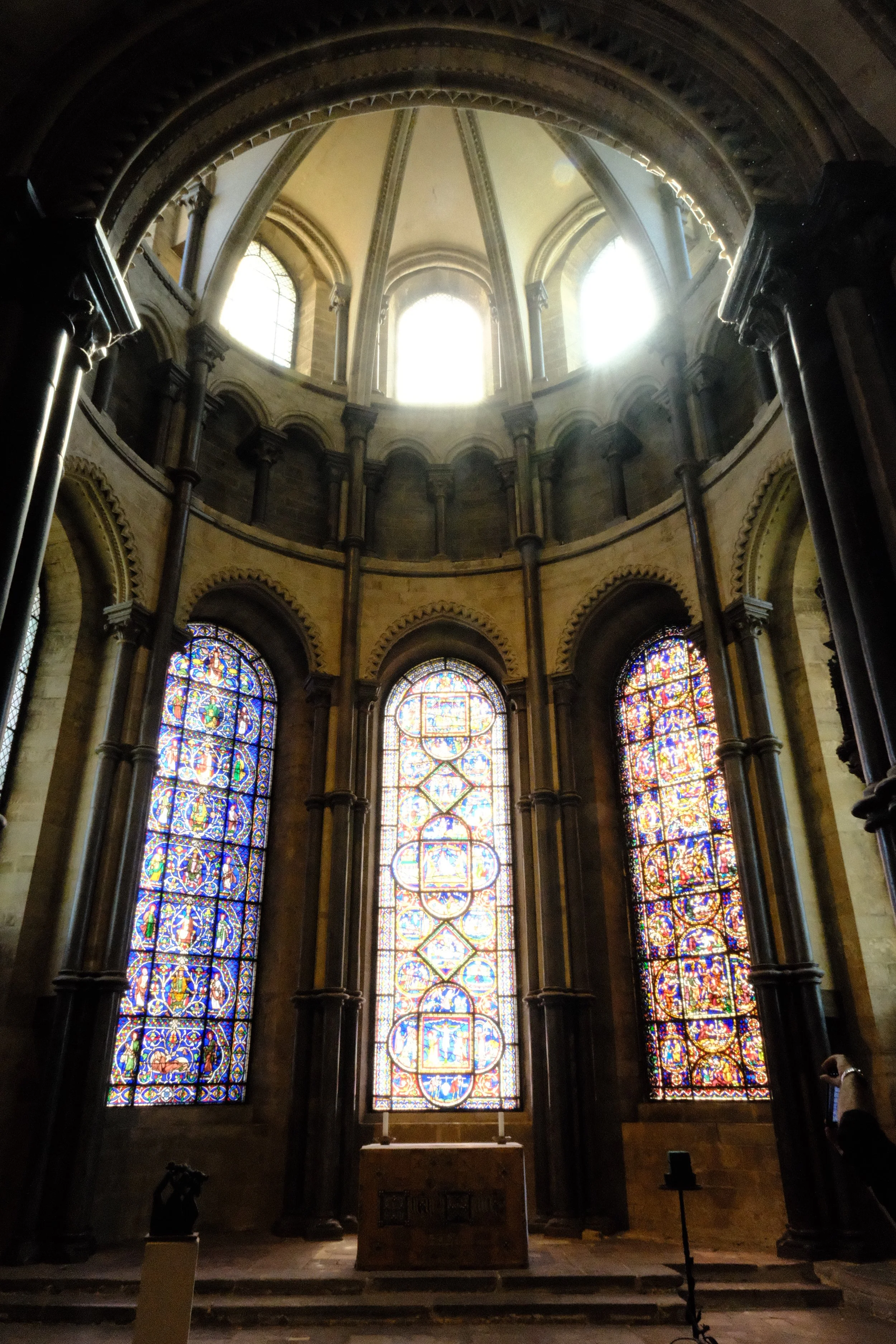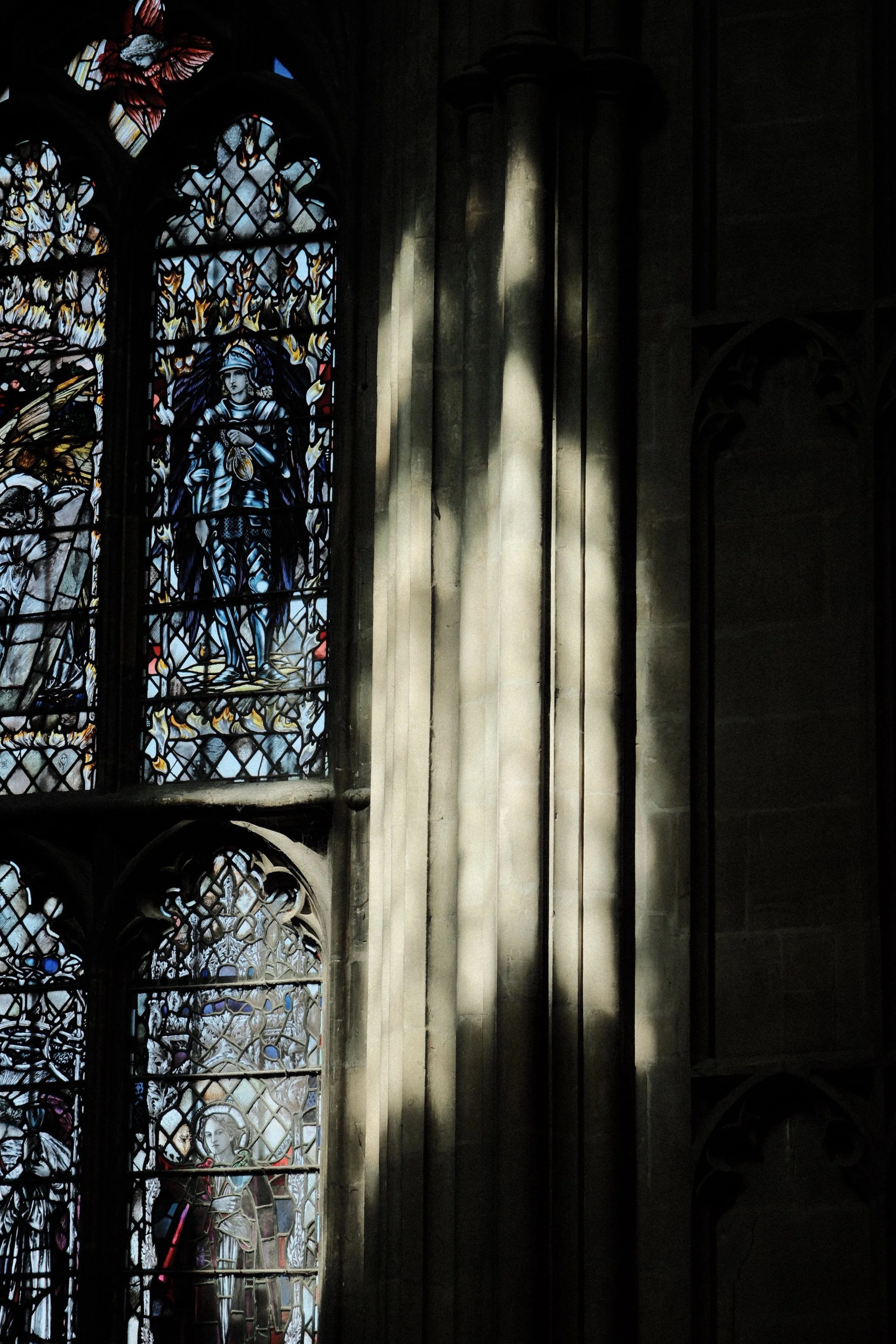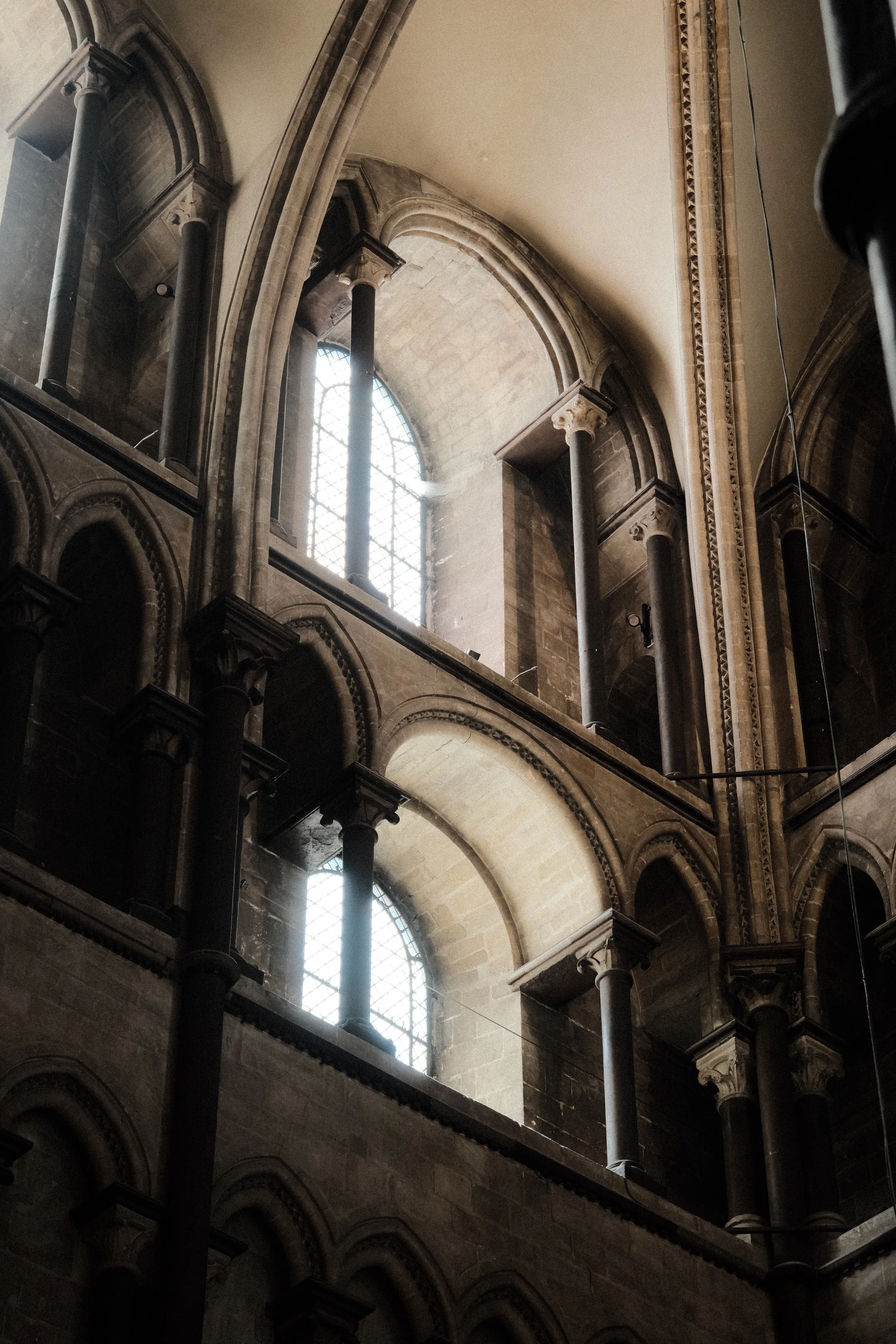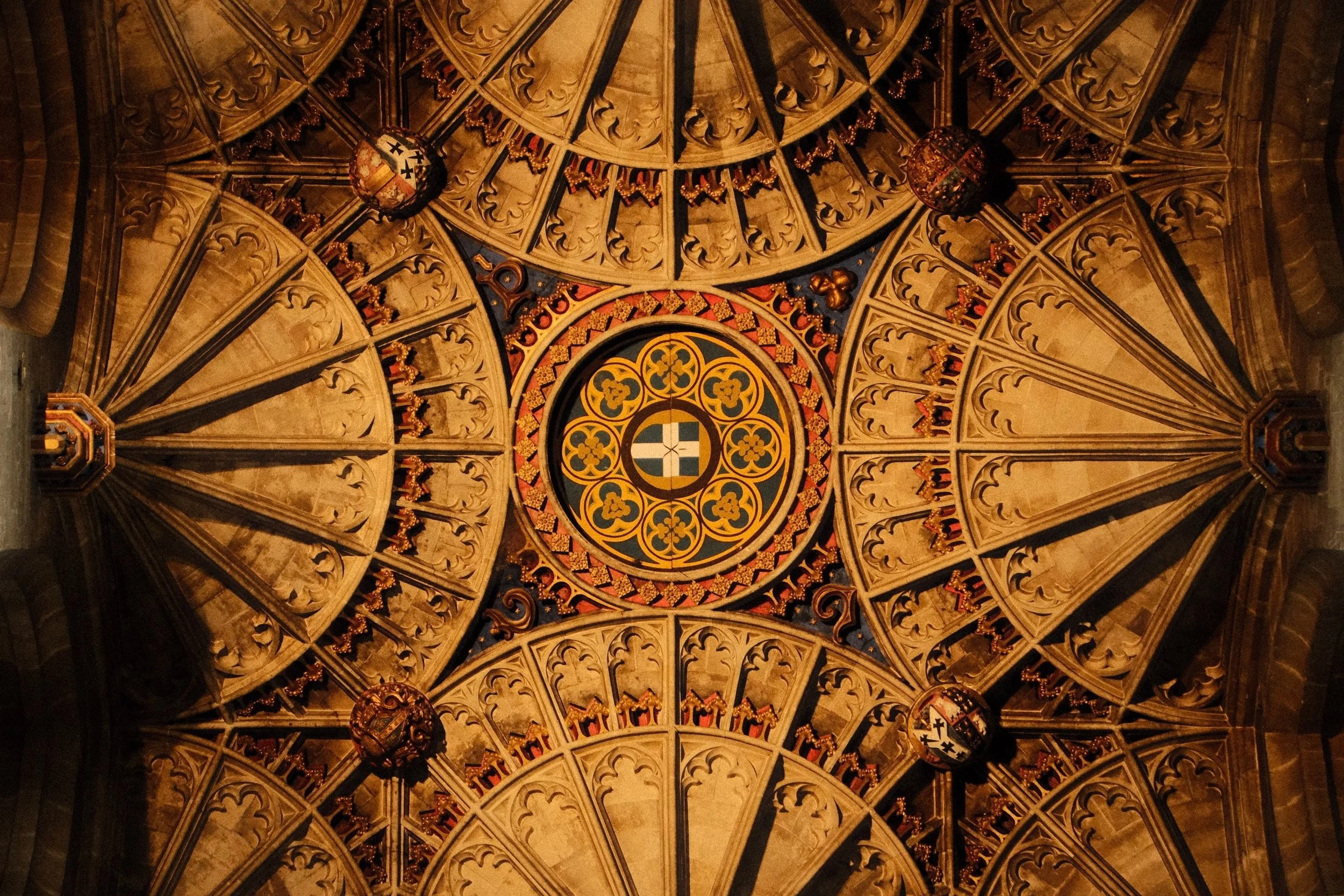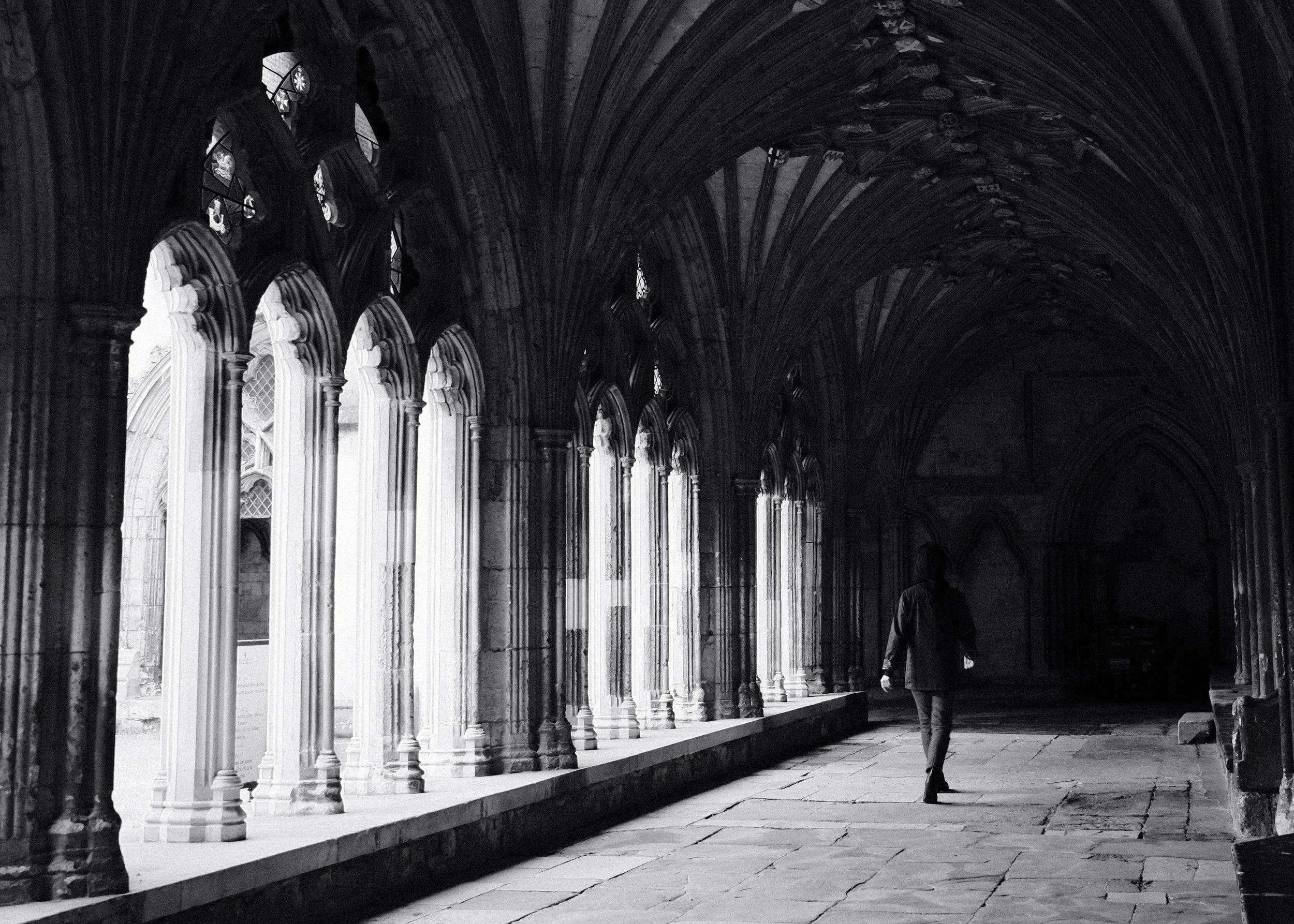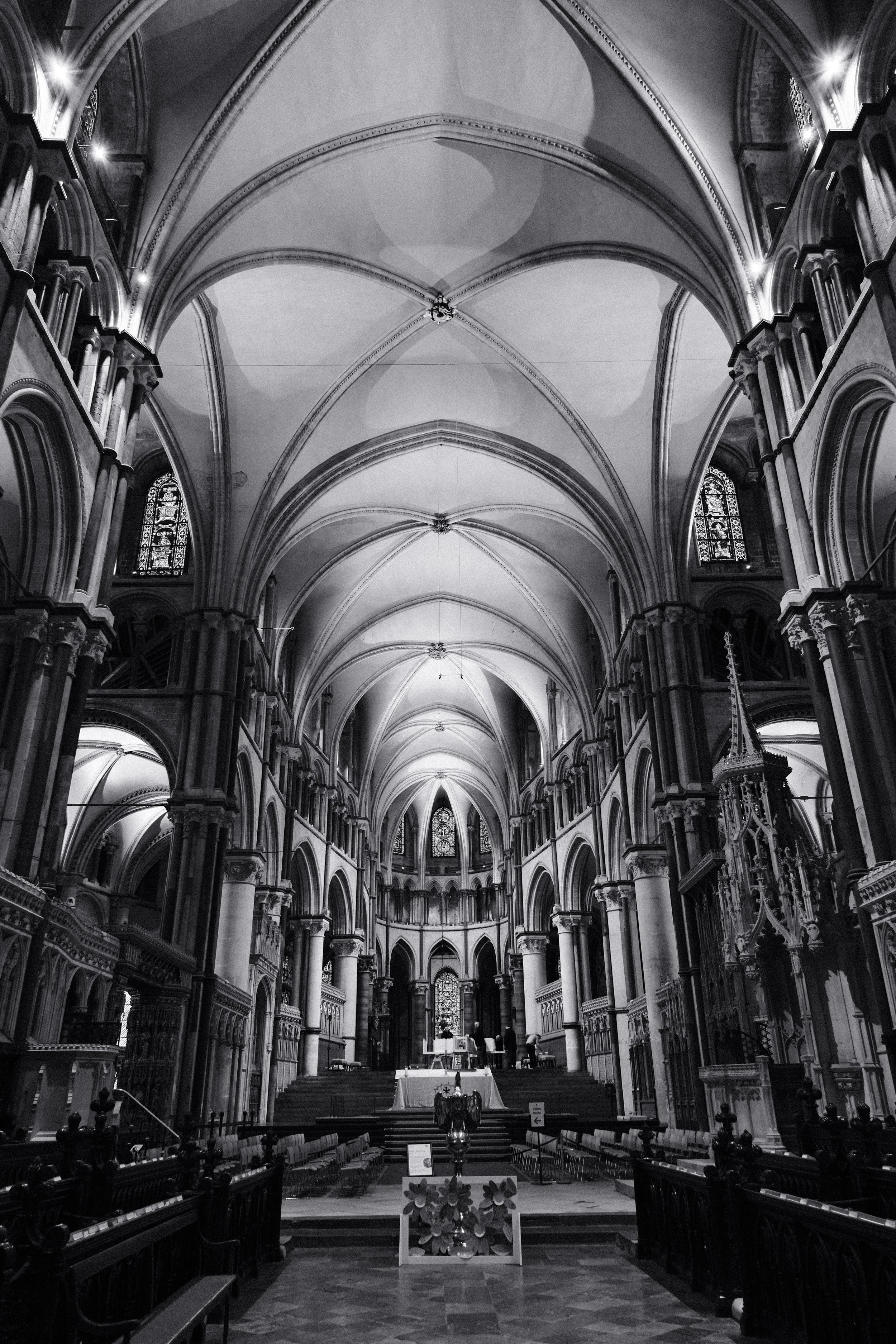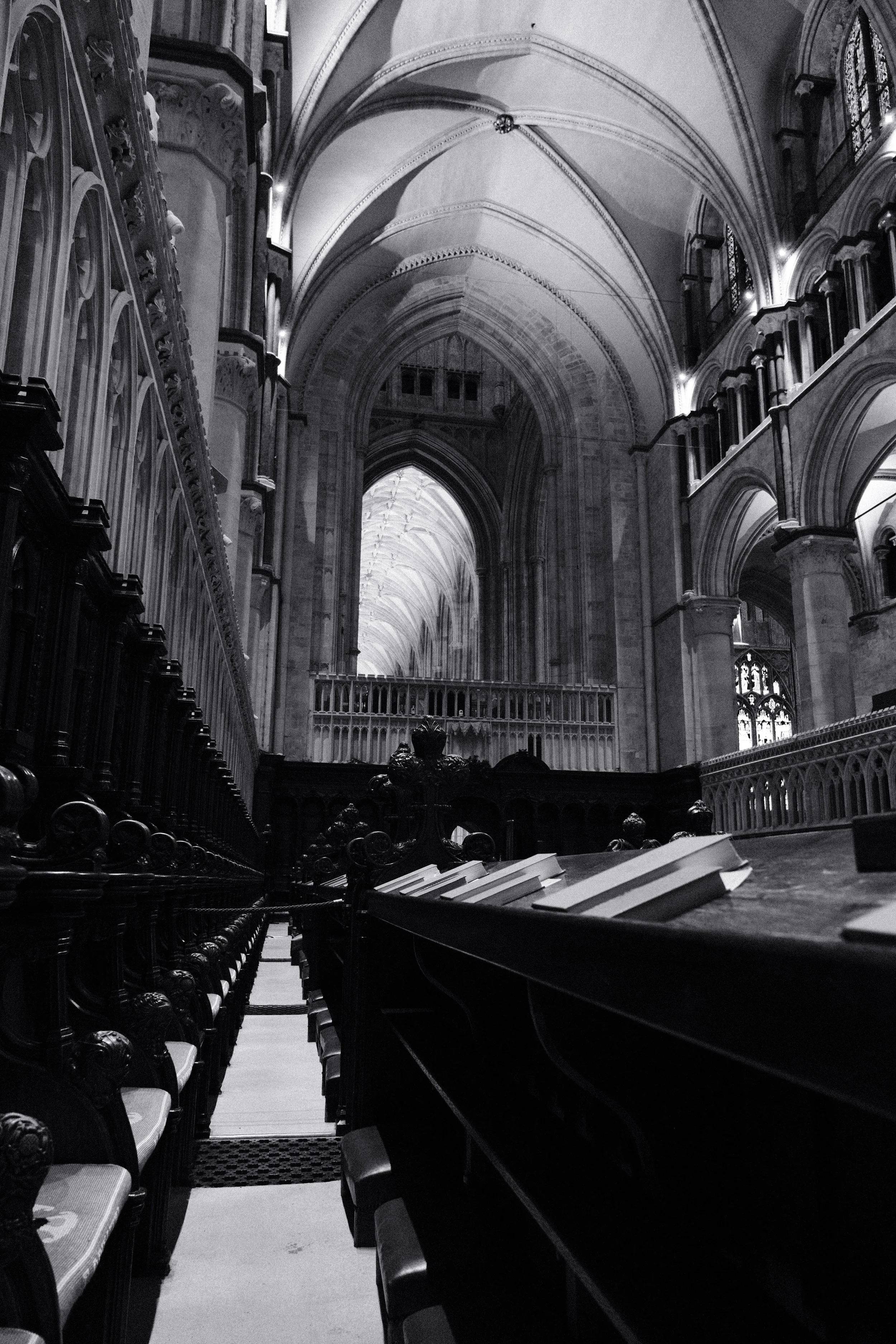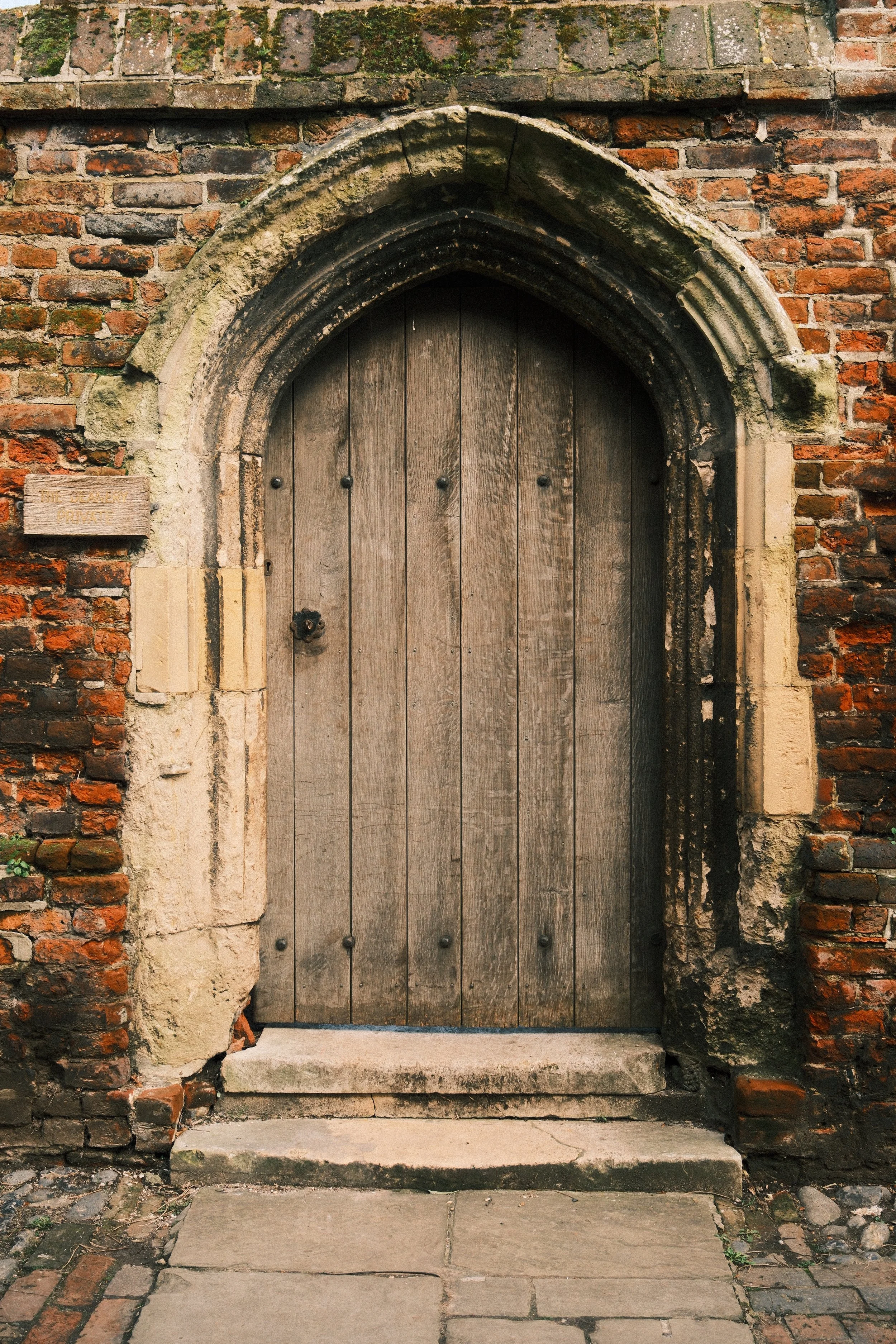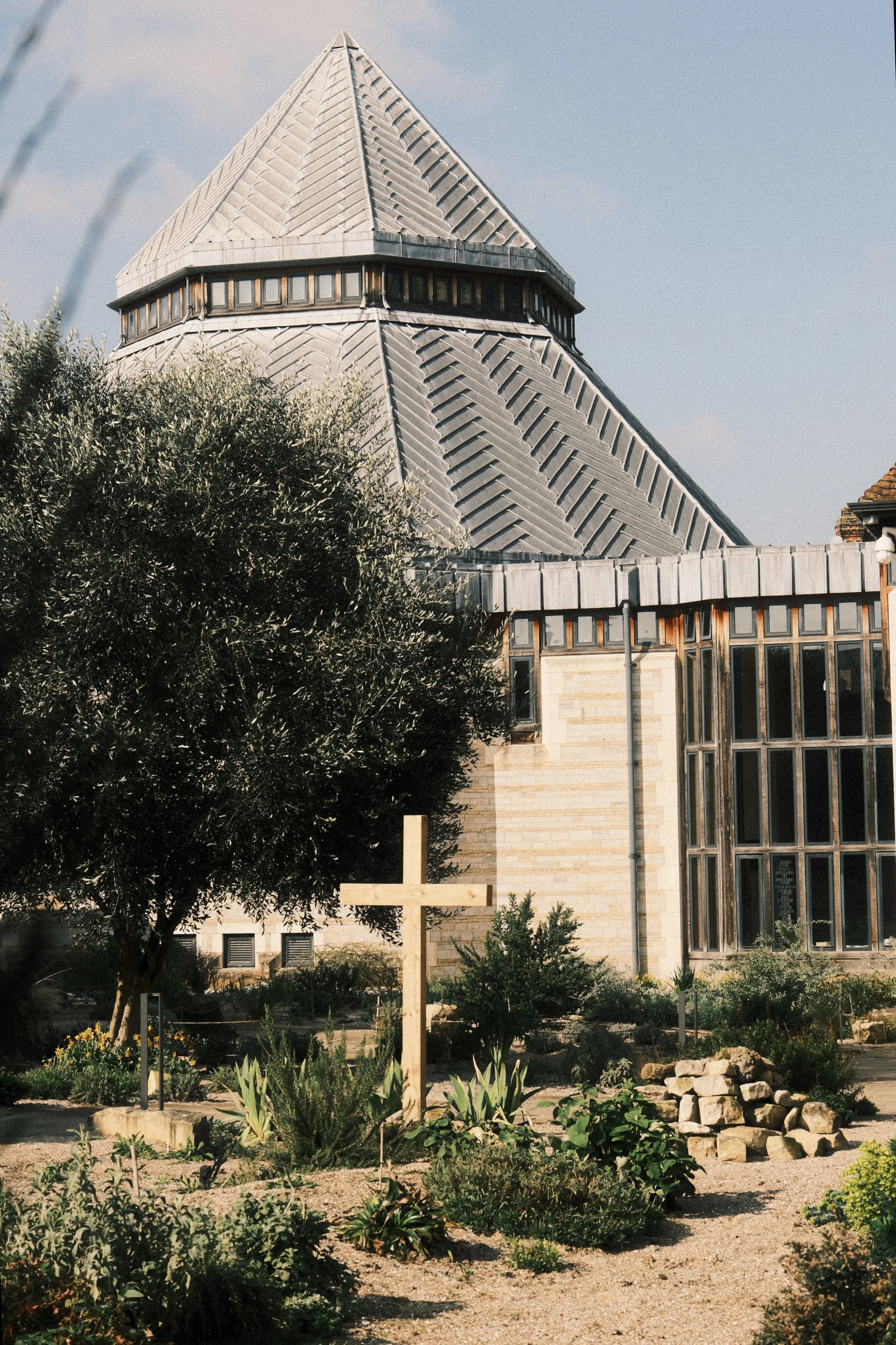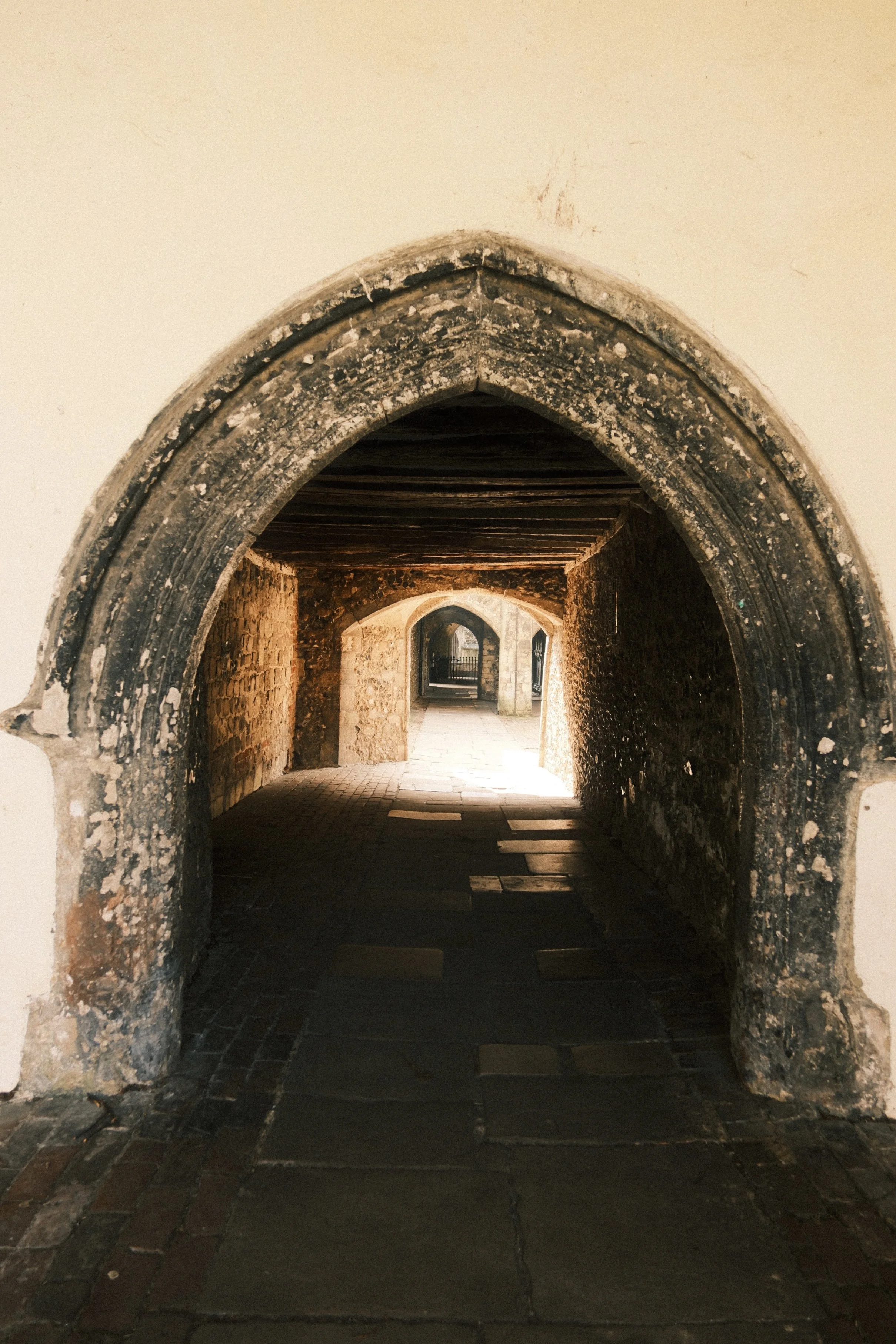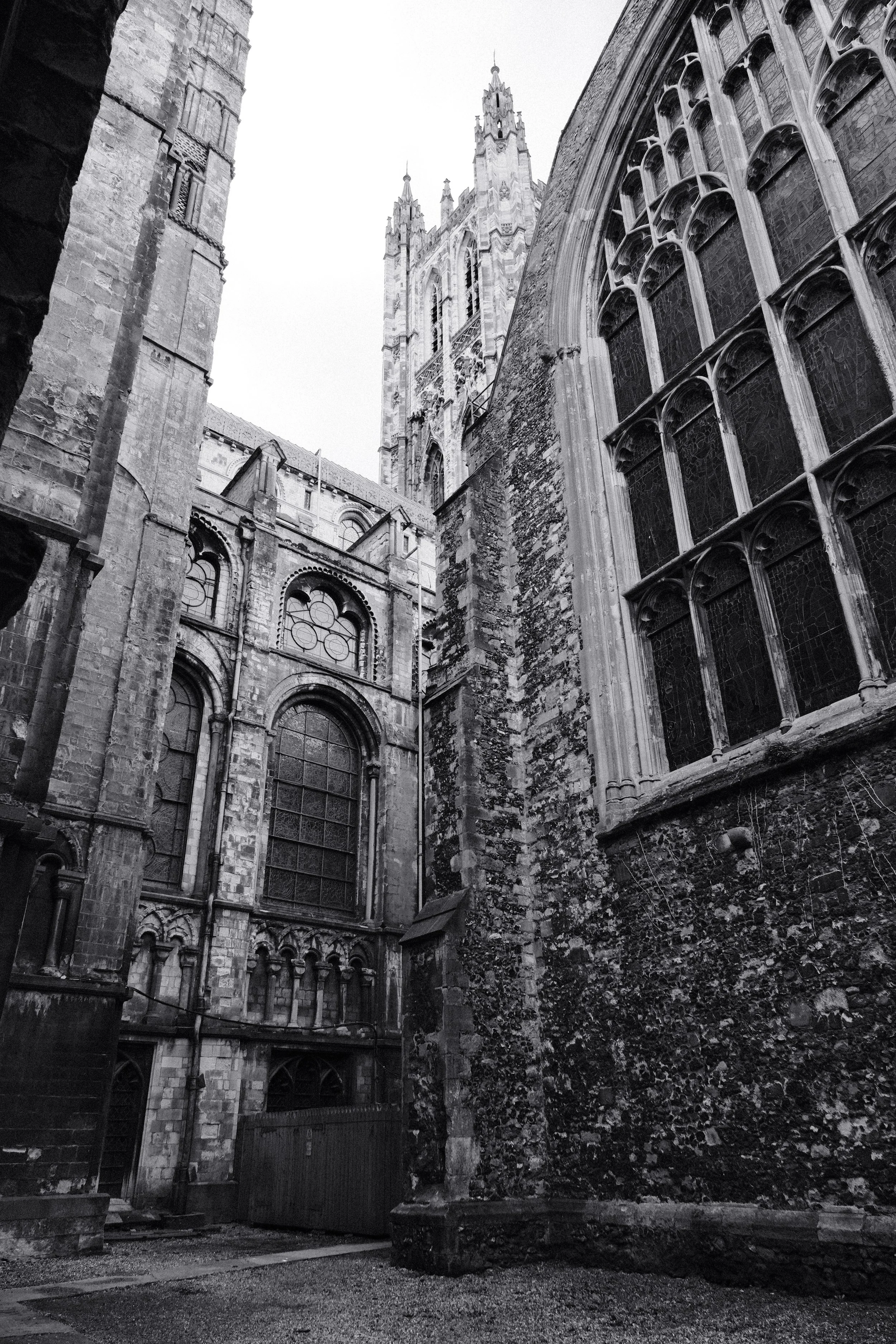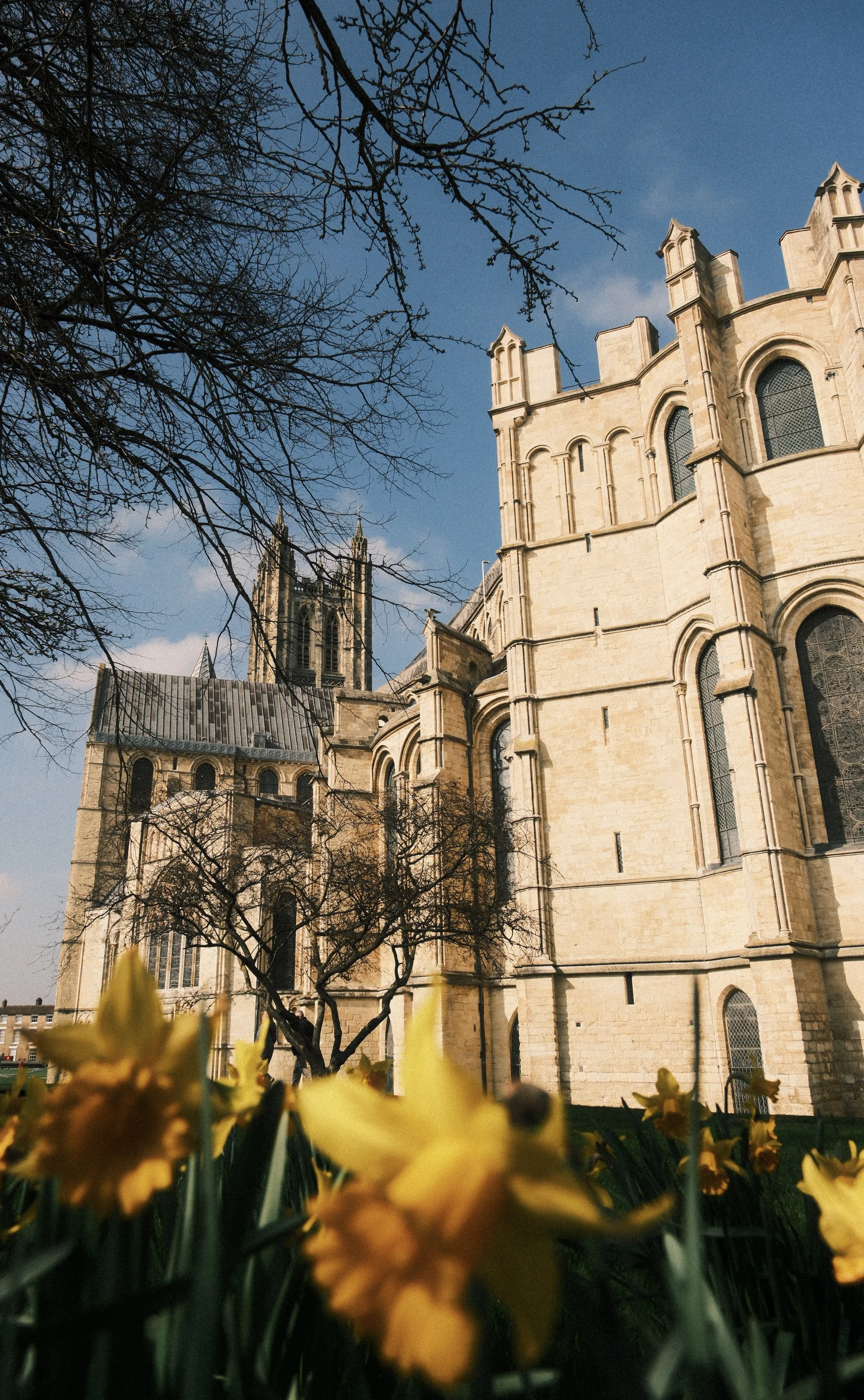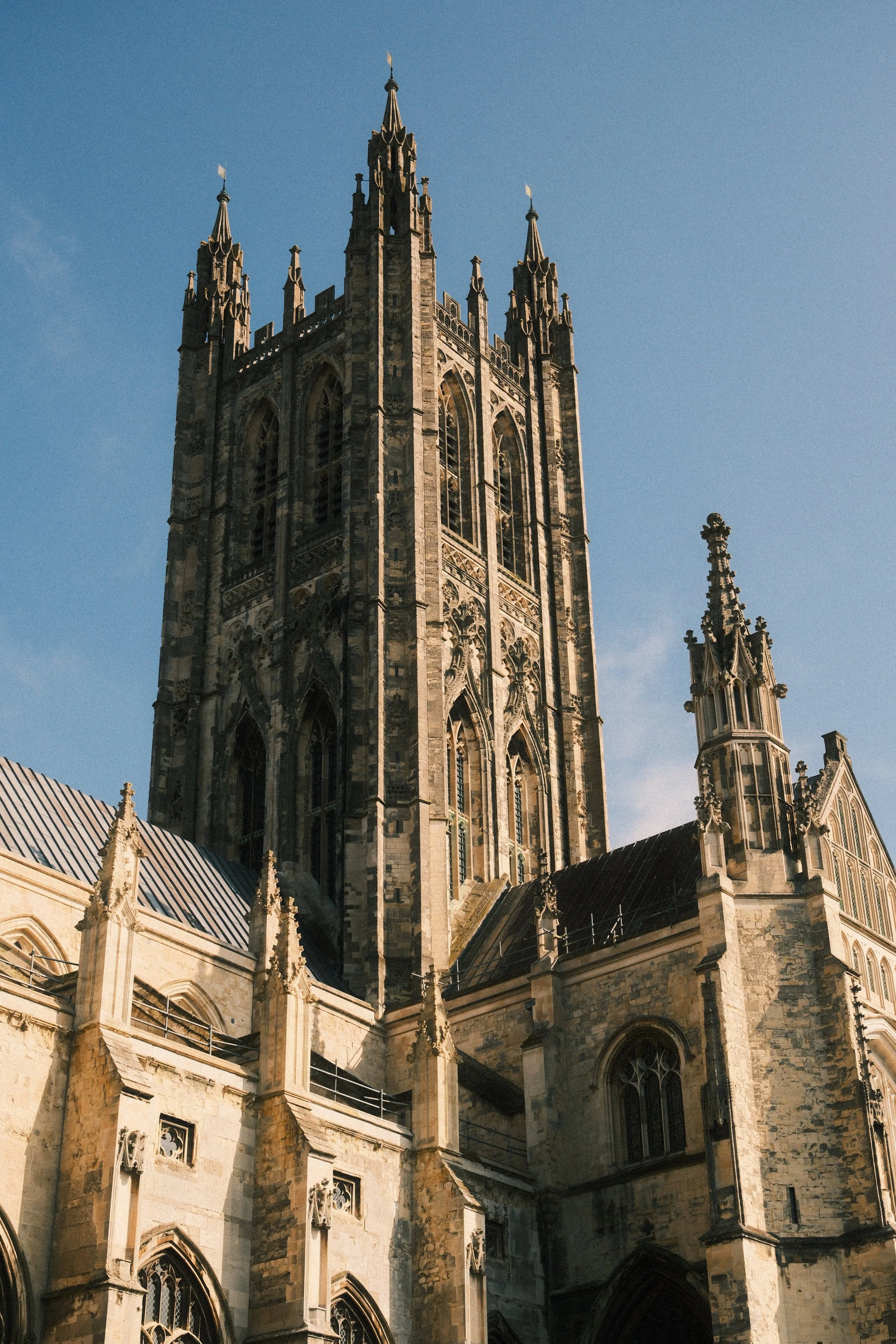Cathedral Photography: A Guide to Canterbury Cathedral
Canterbury Cathedral is one of the most iconic and historic landmarks in the UK, known for its breathtaking architecture and spiritual significance. Situated in the heart of Canterbury, this UNESCO World Heritage Site offers a range of photography opportunities, from its medieval details to its serene cloisters and towering spires.
Throughout 2023 and early 2024 I was based in Kent and luckily able to visit Canterbury Cathedral multiple times. There’s an otherworldly atmosphere in the cathedral, drawing you in to stand in awe, enjoy, and soak in all of the details. After my fist visit in March 2023 I went back another 3 times whilst living in Kent.
In this post I'll share some useful info for photographing Canterbury Cathedral to help you make the most out of your visit.
-
Canterbury Cathedral: A UNESCO World Heritage site and architectural marvel.
Best Times to Shoot: Morning for soft light through the eastern windows, afternoon for warm tones on the western end.
Composition Tips: Look for high-angle shots of spires, details of stained glass, and landscapes around the cathedral grounds.
Gear: Wide-angle lens recommended for interiors and exteriors; tripod for low-light indoor shots.
Spiritual Light: Capture the cathedral’s alignment with the sun to reflect its symbolism of life, death, and resurrection.
Photographing Canterbury Cathedral: My Guide and Tips
Canterbury Cathedral, March 2024
1. Useful information about Canterbury Cathedral
History and Details: Why is Canterbury Cathedral Important?
Oldest Cathedral in England: Founded in 597 AD by St. Augustine, Canterbury Cathedral is considered the oldest cathedral in England. It has been a site of Christian worship for over 1,400 years.
UNESCO World Heritage Site: Together with St. Augustine's Abbey and St. Martin's Church, the cathedral forms part of the Canterbury World Heritage Site, designated by UNESCO in 1988.
Site of Thomas Becket's Murder: In 1170, Archbishop Thomas Becket was famously murdered in the cathedral. His shrine became one of the most important pilgrimage destinations during the Middle Ages.
Architectural Marvel: A blend of Romanesque and Gothic styles, the cathedral is renowned for its breathtaking stained glass windows from the 12th and 13th centuries, which depict biblical stories and historical figures.
Mother Church of the Anglican Communion: As the seat of the Archbishop of Canterbury, it is the spiritual home of the Church of England and the worldwide Anglican Communion.
-
Address: Cathedral House, 11 The Precincts, Canterbury CT1 2EH, UK
Entrance Fee: £17 (includes re-entry for 12 months)
Opening Times:
Monday to Saturday: 9:00 AM – 5:30 PM (last entry at 4:30 PM)
Sunday: 12:30 PM – 2:30 PM
(Note: Opening hours may vary for services and special events. Check the website for updates.)
Website: www.canterbury-cathedral.org
Parking:
I usually parked at Station Road West Multi Storey Car Park, located at CT2 8AN. It always had plenty of space and offered a stress-free parking experience. From there, I enjoyed the 10-minute walk through Canterbury's town center to the cathedral.There is parking on site at the cathedral however it is limited, so if you do want to park closeby then arrive early.
Other Useful Tips:
Best Time to Visit: Early mornings or weekdays are ideal to avoid crowds and capture the best light for photography.
Photography Rules: Tripods and flash photography are usually prohibited inside the cathedral, so plan your gear accordingly.
Nearby Attractions: Consider exploring St. Augustine’s Abbey or the Canterbury Roman Museum for more historical insights.
2. Following the Light: Best times of the Day to Photograph Canterbury Cathedral’s Divine Alignment
Sunlight and Cathedral Design
The orientation of Canterbury Cathedral, like many cathedrals built in the medieval period, was deliberately designed to align with the path of the sun, following Christian liturgical traditions.
East-West Alignment:
The cathedral's main axis runs east to west. This orientation ensures that the rising sun illuminates the eastern end (the chancel or high altar), symbolizing Christ's resurrection and the promise of new life.
The western façade, often facing the setting sun, represents the end of the day and, symbolically, the end of life or the Last Judgment.
Stained Glass Interaction:
The intricate stained glass windows on all sides of the cathedral create a kaleidoscope of light that shifts throughout the day. In the morning, the eastern windows glow brightly, while the afternoon light enhances the western end and nave.
Spiritual Symbolism:
This intentional design was not only practical for worshippers to experience light within the sacred space but also deeply symbolic, with light representing divine presence and guidance. I like the idea of incorporating this symbolism subtly through my photography.
Best Time of the Day to Visit Canterbury Cathedral for Photography
Morning: If you want to capture warm light streaming through the eastern windows, visit in the early morning.
Afternoon: The western windows are bathed in soft light, perfect for photographing the nave and interior.
Golden Hour: Outside, the sun’s angle beautifully highlights the cathedral’s ornate façade and stonework.
I visited at morning and afternoon times and preferred the morning golden hour light on a clear day. The warm light creeps through the stained glass windows, glazing the walls and stone carvings, casts long shadows across the surrounding grounds. Early mornings are perfect for avoiding crowds, while evenings provide the chance to capture the cathedral beautifully lit against the evening sky.
3. Exploring Composition and Details
The ceiling of Canterbury Cathedral
When photographing the cathedral, I walked around to find the angles and compositions that interested me. Lots of time was spent looking up to capture the spires, vaulted ceilings and windows stretching high up along the walls.
The burning candles provide ambience and warm atmospheric light.
There’s also lots of opportunity to zoom in on the details of the windows that tell centuries-old stories.
My favourite compositions were found where the soft morning light brushed onto the details of the cathedral.
Candles burning inside Canterbury Cathedral
A woman walks through the cloister of Canterbury Cathedral
4. Ideas for photography outside in the cathedral grounds
The cathedral grounds are also stunning and offer interesting landscape compositions, plus extra colour from the trees, flowers and grass during spring and summer seasons.
Try framing the cathedral through surrounding archways or trees for a layered composition.
Experiment with reflections in nearby puddles after a rain shower for an artistic touch.
Look for candid moments of people interacting with the space to add a sense of scale and life to your shots.
Walk through the garden of Canterbury Cathedral Lodge which has an interesting landscaped garden and a mix of modern architecture and traditional details. This will give some variation to your photos compared to the historic and traditional design of the main cathedral building.
5. My equipment, and suggested camera gear and settings
A wide-angle lens is useful to capture the entire structure or the grandeur of the interiors. I typically carry my XF16-80mm F4 lens to use with my Fujifilm X-T5. I would like to take a zoom with me next time as well so that I can get closer to some of the details that are out of reach from my usual lens.
Consider a tripod for low-light settings inside the cathedral, where flash photography is typically prohibited.
Something for low aperture indoors but not 100% needed.
Summary:
To me, photographing Canterbury Cathedral is not just about documenting a landmark but also about connecting with history, culture and spiritualism. I was drawn to the Cathedral after my first visit in 2023 and went back multiple times with camera in hand, especially to capture the beautiful light through the stained glass. Whether you're capturing its architectural beauty or spiritual atmosphere, this important and historic UK site will for sure provide plenty of photo opportunities for you.
-
Canterbury Cathedral: A UNESCO World Heritage site and architectural marvel.
Best Times to Shoot: Morning for soft light through the eastern windows, afternoon for warm tones on the western end.
Composition Tips: Look for high-angle shots of spires, details of stained glass, and landscapes around the cathedral grounds.
Gear: Wide-angle lens recommended for interiors and exteriors; tripod for low-light indoor shots.
Spiritual Light: Capture the cathedral’s alignment with the sun to reflect its symbolism of life, death, and resurrection.
If you visit Canterbury Cathedral for some photography, please share the results with me on Instagram or Threads, I’d be interested to see them!
